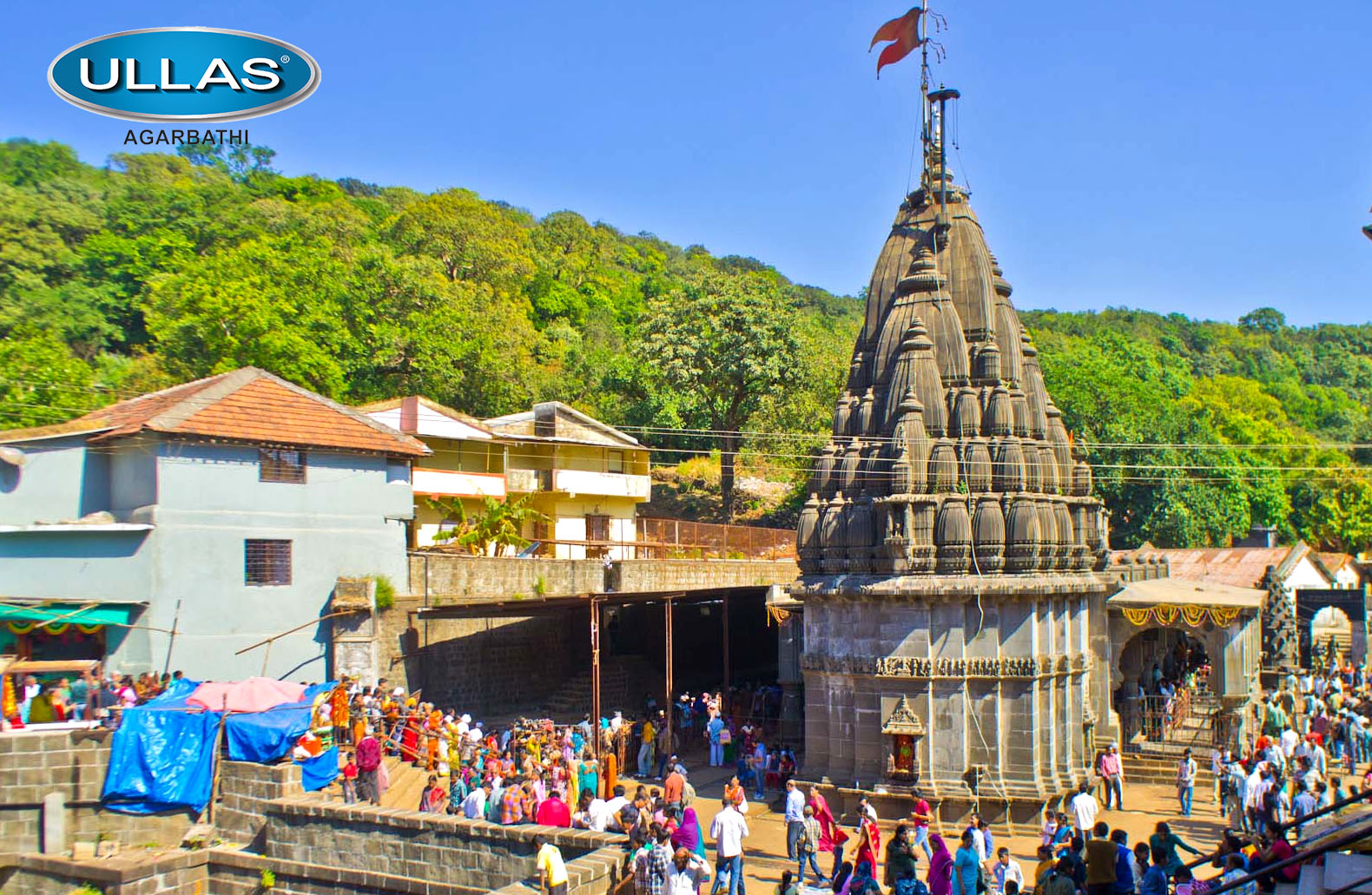Bhimashankar Temple / Bhimashankar Jyotirlinga Temple / Lord Shiva Famous Temple
The Bhimashankar Mandir (also known as Bhimashankar or Bhimashankar Jyotirlinga)
is a Shiva mandir situated in its eponymous village,
Bhimashankar, in Pune district of Maharashtra.

The Bhimashankar Mandir (also known as Bhimashankar or Bhimashankar Jyotirlinga) is a Shiva mandir situated in its eponymous village, Bhimashankar, in Pune district of Maharashtra. It is a key pilgrimage centre and one of the 12 Jyotirlinga in the world. The temple's Shiva lingam is one of the three Jyotirlinga of Maharashtra. The mandir is situated on a mountain. It is 110 kilometers away from Pune. The temple's vicinity has rare plant and animal species. The mandir is located in Khed taluka, in the Bhimashankar forest range.
The Bhima River originates from the Bhimashankar village, and the hills of the Manmad village are present near it, there are old rock carvings of the God Bhimashankar, Bhootings and Amba-Ambika on these hills.

History of Bhimashankar Temple / Bhimashankar Jyotirlinga Temple / Lord Shiva Famous Temple
According to Namdev, a saint in the medieval era, Saint Jnaneshwar went to Tryambakeshwar and then Bhimashankar. Namdev himself has also visited this place.
Bhimashankaram shrine and the Bhimarathi river have been talked about in writings as far back as the 13th century; however, the current construction of the temple seems to be fairly new.
The temple is built in the Nagrara style, which combines traditional and modern designs. The temple hall was constructed during the 18th century by Nāna Phadnavis of Peshwa. The Gopura-shikhara of the temple was built by Nāna Phadnavis. The village of Kharosi was granted to the temple by King Shivaji. The daily religious observance was funded through the financial resources which derived from the people of the area.
He offered one here at Bhimashankar and the others in Menavali, near Wai, in front of a Shiva temple on the banks of the Krishna River, the Banshanker Temple in Pune, the Omkareshwar Temple in Pune, and the Ramlinga Temple in Pune (Shirur).
Chimaji Appa (Brother of Bajirao I) donated a big bell to the temple, which is visible in front of the temple. This is one of the many Portuguese colonists' church's bell, which Chimaji - Maratha Empire army brought it from Vasai as souvenirs after defeating Portuguese at the Battle of Baçaim on 16-17 February 1739. This type of bell also present at the Khandoba temple and Naro Shankar mandir in Nashik.
The shrine is linked to the legendary asura known as Tripura. The story goes that Tripura did penance, and Brahma, delighted with Tripura's penance, manifests and grants him three wishes. Tripura demanded that he be invulnerable to the gods, devils, yakshas, and gandharvas. His three "puras" should be unbreakable, and he should be able to travel anywhere in the universe. All his desires were fulfilled. Tripura embarked on a conquest to subjugate three Loka. Indra, the deity associated with the heavens, was also vanquished. Indra made the decision to seek blessings from the deity Shiva and performed penance. Shiva made a vow to annihilate Tripura.
On the peak of the Sahyadri hills, it is said that Shiva assumed the form of "Bhīmā Shankara" at the behest of the Gods, and the sweat that spilled from his body after the battle is said to have formed the Bhimarathi river.


